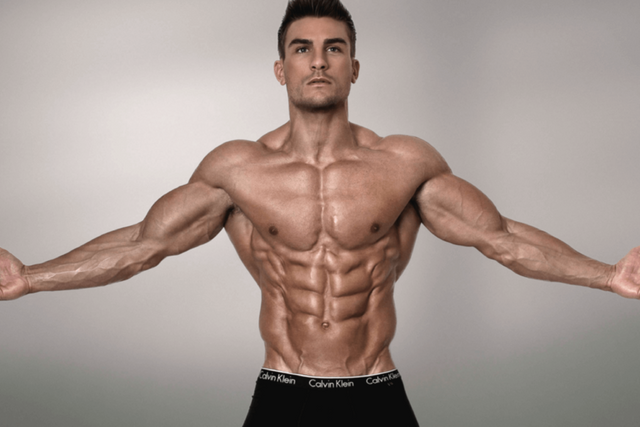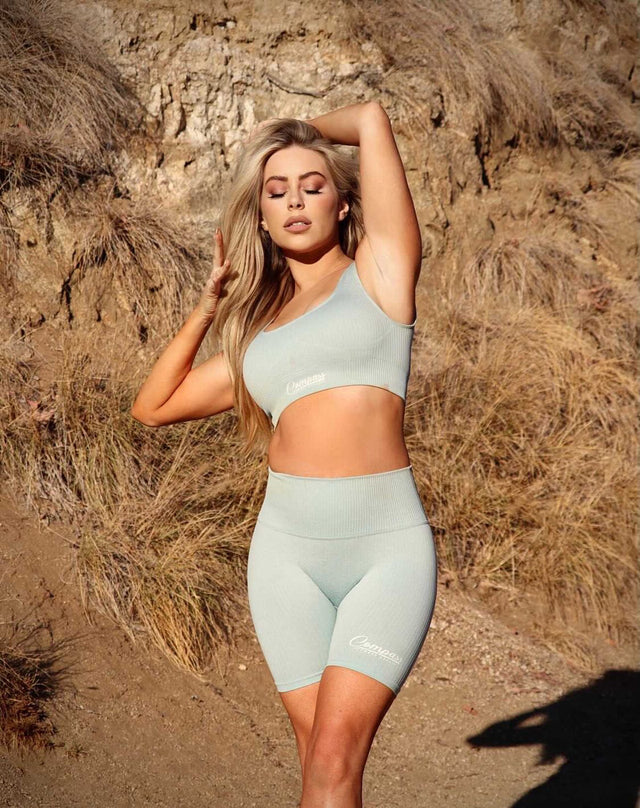Build Lean Muscle with Food
It’s that time of the year again: time to bulk up those muscles so that when you want to show them off, you look fit and lean
Of course, working on your muscles through exercise to improve your strength and form is important, but there’s one more essential factor to consider: what you put on your plate. Nutrition is a critical part of reaching your goal physique. Having the right balance of macronutrients such as carbohydrates, proteins and fats across your daily diet is how you support your muscle growth, ensure that you recover from your muscle-building workouts, and what may help you to maintain the lean mass you’ve been working so hard to achieve
These food categories focus mostly on protein and slow-digesting carbs, but which also incorporate a range of nutrients that the body needs to function at its best
Let’s go ahead and check out some of the best foods to eat to build lean muscle
Picking the most nutrient-dense foods for muscle building
1. Egg
While the whites are packed with protein, a.k.a. the muscle building stuff, the yolks are densely packed with a bunch of vitamins such as vitamin B and choline that are essential to your performance. Did you know that the cholesterol in egg yolks is also a precursor to your steroid hormones? This means that providing a good clean source of cholesterol can help your body to make that all essential muscle-bulking hormone, testosterone.

Eating high protein never tasted so good. Slap a steak onto your plate and get muscle building protein and creatine while also benefiting from performance boosting vitamins such as B vitamins as well as minerals such as iron.
You’re better off opting for an extra lean cut of beef to get a higher protein content without too many extra calories.

3. Edamame/soybean
Bodybuilding and muscle growth don’t always have to be synonymous with eating animal protein at breakfast, lunch and dinner. Soybeans, also known as edamame, offer not only a great supply of vitamins and minerals, they’re a complete protein source, packed with fiber and complemented with a little healthy fat.
Just one cup of shelled edamame contains a whopping 28g of protein; and it remains one of the easiest ways to add a high quality vegetarian protein option to your meals.
Don’t get sucked in by all of the estrogen talk, either. Soybeans are only a weak estrogen source, so it doesn’t compete with testosterone and won’t cause your pecs to sag; especially if you’re also exercising and eating other healthy foods to support lean muscle mass.

4. Cottage cheese
Cottage cheese usually flies under the radar, but at 28g of protein per cup, it’s a great addition to a muscle-building diet. Additionally, because you have the option of a lower or higher fat content, you can choose your cottage cheese based on how many extra calories you want to include; the protein doesn’t change.
Add cottage cheese to any meal or snack; it’s a great grab-and-go protein source.

5. Greek yogurt
In addition to cottage cheese, Greek yogurt is another protein- and nutrient-dense source of fuel for those growing muscles. Like cottage cheese, Greek yogurt provides an easy-to-access source of muscle-building food that you can choose based on your calorie needs at the time. A 0% Greek yogurt, for example, comes with fewer calories for a good dose of protein while a 2% or higher Greek yogurt will add more calories, a little fat and a good source of protein
Always go for plain yogurt without the added flavours; they’re a source of sneaky sugar you don’t really need. Instead, add your own source of flavour by combining your yogurt with a small portion of healthy and nutrient-rich fruit such as berries.

6. Brown rice
Including carbs into your muscle-building diet is a must, as long as they’re good quality carbs. Carbs provide fuel to your muscles while they work, but can also be a great source of nutrients, which is definitely the case when it comes to brown rice.
Not only providing a good supply of vitamins and minerals, brown rice also contains protein with a relatively high amount of the energy contributing BCAAs. That’s not all! Brown rice has been shown to stimulate growth hormone and insulin growth factor, both of which help to improve muscle mass and retention (1).

Putting it together
Now, it’s important to remember that, yes, protein is an essential part of building and maintaining lean muscle mass. It is, however, not necessary to eat so much protein that it leaves you chugging protein shakes, eating a carton of eggs at one sitting, or that it begins to clog your digestive system
While consuming 2.2 g/kg BW (1 g/lb BW) has been the rule of thumb in bodybuilding for years, recent research suggests around 2.3-3.1 g/kg og FFM (1-1.4 g/lb of FFM) to be a better goal of protein intake. Needs can be scaled up depending on exercise intensity and lean body mass, explains Michael Matthews, a trainer and contributor to Legion Athletics (2,3,4).
In order to meet calorie needs, add good quality sources of complex carbohydrates, such as brown rice, as well as healthy fats such as those you get in avocados, nuts, seeds and their oils, and of course, combined your macros with lots of non-starchy vegetables to keep those nutrients flowing in.
3-day sample meal plan
Day 1:
Breakfast:Whole eggs and egg white omelet with cheese and vegetables, roasted potato wedges
Snack:Protein shake in a glass of whole milk and 1 fruit
Lunch:Open sandwich with cottage cheese, avocado and tomato and cucumber slices
Snack:Handful of nuts, Greek yogurt and fruit
Dinner:Grilled salmon and feta cheese bowl with chickpeas and grilled vegetables
Snack:High protein cereal with milk
Day 2:
Breakfast:Protein oatmeal with nuts and fruit
Snack:Peanut butter and cottage cheese
Lunch:Chicken stir fry with vegetables and rice
Snack:Protein shake in milk with a side of fruit
Dinner:Steak with roasted vegetables and roasted potato
Snack:Cottage cheese and crackers
Day 3:
Breakfast:Protein pancakes with eggs and ground oatmeal topped with Greek yogurt, nut butter and fruit
Snack:Peanut butter berry protein smoothie
Lunch:Tuna salad with mixed greens and salad ingredients, quinoa and feta cheese
Snack:Egg salad with mayonnaise
Dinner:Chicken, avocado, chickpea and grilled vegetable bowl
Snack:Protein bar
Conclusion
Adjusting your nutrient needs to your training schedule and time before competition is crucial to reaching your physique goals. Remember that it’s best to incorporate a variety of foods into your eating plan, choosing healthy protein, carb and fat options to promote muscle growth and strength while also supporting recovery and overall well being.
References
Yang, S. O., Wu, C., So, M. Y., Lee, S. J., & Kim, Y. S. (2016). Effects of brown rice on cellular growth and metabolic changes in mice. Food Research International, 84, 33-40
Michael Matthews. How Much Protein You Should Eat to Build Muscle. Legion Athletics
Lemon PW. Beyond the zone: protein needs of active individuals. J Am Coll Nutr. 2000 Oct;19(5 Suppl):513S-521S
Helms, E., et al. A Systematic Review of Dietary Protein During Caloric Restriction in Resistance Trained Lean Athletes: A Case for Higher Intakes. International Journal of Sport Nutrition and Exercise Metabolism 24(2). 2013.
About the Author

Anita Tee is a nutritional scientist carrying a Master of Science in Personalized Nutrition and a Bachelor of Science focussed in Human Biology. She is the founder of a food intolerance blog, Fact vs Fitness and has devoted her career to promoting science-backed, all-natural ways to improve health and fitness.




0 Comments
There are no comments for this article. Be the first one to leave a message!